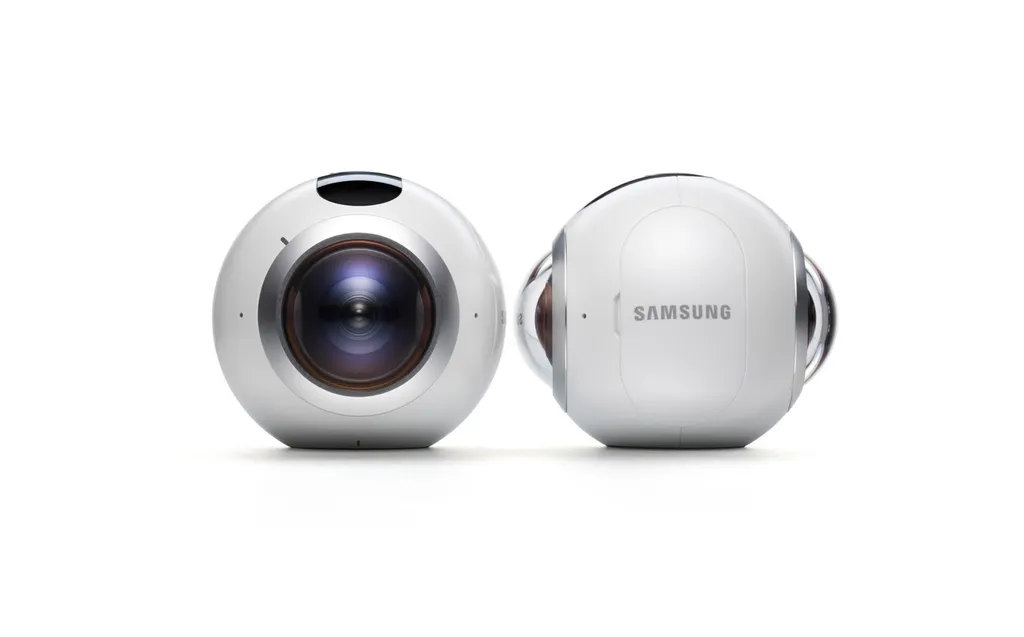Virtual reality cameras have been hot hardware in the industry this past month and now Adobe is bringing innovative new software to the table as well.
Earlier this week, Variety reported that Adobe’s head of Research Gavin Miller is claiming a new process for 360 video post-processing.
Adobe’s system can apparently convert standard monoscopic 360 video into a much more compelling format that includes three-dimensional visuals. This process can reportedly also bring 6 DOF (degrees-of-freedom, the ability to lean in toward objects and take steps in any direction) explorability to 360 videos inside a VR headset.
These are both features highlighted by Facebook’s new x24 and x6 VR cameras, which the social media giant unveiled last week. With Adobe’s approach, however, you won’t need to shell out big time for a bleeding edge rig. You’ll simply be able to upgrade the footage from a less expensive 360 cam using what Miller refers to as a “structure-from-motion” algorithm.
In a research paper published by the Adobe Research team, more details are provided about how this algorithm works. An excerpt form the paper’s introduction reads that:
“We present an algorithm that enhances monoscopic 360-videos with a 6-DOF and stereoscopic VR viewing experience. Given an input monoscopic 360-video, in an offline stage we infer the camera path and the 3D scene geometry by adapting standard structure-from-motion techniques to work with 360 videos.
We then playback the input video in a VR-headset where we track the 6-DOF motion of the headset and synthesize novel views that correspond to this motion. We synthesize a new view for each eye in parallel to achieve the stereoscopic viewing experience. Our main contribution is a novel warping algorithm that synthesizes novel views on the fly by warping the original content.
Unlike any other previous method, this warping technique directly works on the unit sphere and therefore minimizes distortions when warping spherical panoramas. Moreover, we optimize our warping solution for GPUs and achieve VR frame rates.”
The line for cutting edge features moves forward quickly in immersive tech. Last year, the HTC Vive proved that once consumers get wind of a compelling feature like hand controls or room-scale, other companies are on the clock to create parity and stay competitive.
Now that 3D 6 DOF has been proven possible for 360 video, anything else will likely seem sub-par. Miller officially presented the algorithm this week on a panel at NAB 2017.





























